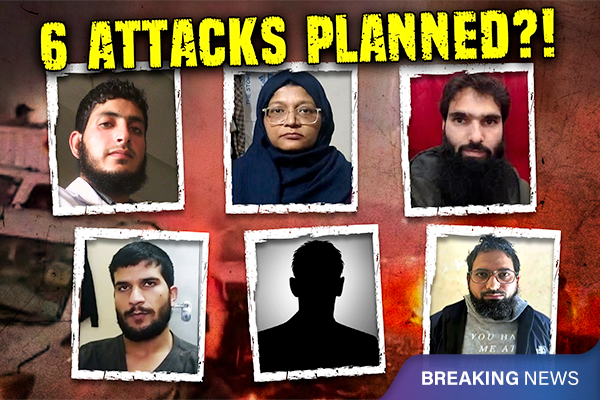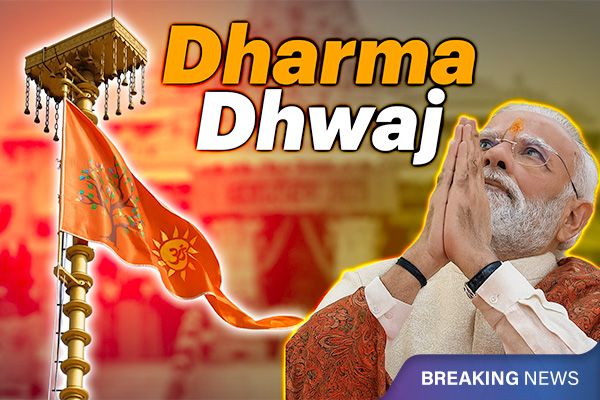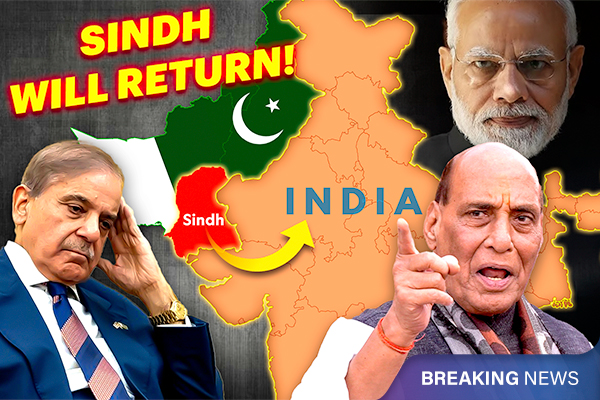Pakistan’s Sindh Will Return To India Soon – Rajnath Singh
Defence Minister Rajnath Singh said Sindh will always be part of India culturally, hinting that borders could change amid rising India-Pakistan tensions.
Tensions between India and Pakistan are currently very high after India’s Defence Minister Rajnath Singh made a major statement regarding Pakistan’s Sindh province. Speaking at the Sindhi Samaj Sammelan event in New Delhi on Sunday, 23 November 2025, Singh said, “Today, the land of Sindh may not be a part of India, but civilisationally, Sindh will always be a part of India. And as far as land is concerned, borders can change. Who knows, tomorrow Sindh may return to India again.”
The statement has attracted wide attention because it touches on the historical and cultural importance of Sindh. The region is now part of Pakistan, but it is the original homeland of the Sindhi community. Many Sindhis moved to India during the 1947 partition. Sindh is also known as the birthplace of the Indus Valley Civilisation, including the ancient city of Mohenjo-daro. Rajnath Singh highlighted that even the Indian national anthem mentions “Punjab, Sindh, Gujarat, Maratha…,” showing the cultural and historical links of Sindh with India.
The Defence Minister’s statement comes amid rising tensions around Sir Creek, a disputed area on the Gujarat-Sindh border. Both India and Pakistan claim the boundary differently, and Pakistan recently built military infrastructure near the area. In response, India carried out a tri-service military exercise called Trishul near Sir Creek to display its strength. Earlier, Singh had warned that any misadventure by Pakistan in Sir Creek would meet a strong Indian response that could “change history and geography.”
Historically and culturally, the Sindhu River and the region of Sindh have always been significant to India. The Rig Veda mentions the Sindhu River multiple times, and the Sindhi language, closely related to Sanskrit, is one of the oldest languages in the region. The word “Hindu” is derived from “Sindhu,” showing how Sindh’s identity is linked to Indian civilisation.
Politically, Pakistan is facing instability in several regions, including Balochistan, Khyber Pakhtunkhwa, and Sindh. Many people in Sindh feel neglected by Pakistan’s government, which is dominated by leaders from Punjab. In January 2025, the group Jeay Sindh Muttahida Mahaz (JSMM) held a rally in Sann, Sindh, demanding a separate country called Sindhudesh. The JSMM chief, Shafi Burfat, praised Rajnath Singh’s statement, calling it “historic and insightful” and saying it encourages the Sindhi community.
India’s Uttar Pradesh Chief Minister, Yogi Adityanath, had also made a similar comment in 2023, saying that if Ram Janmabhoomi could be reclaimed after 500 years, Sindh could also return to India.
Today, the Sindhi community in Pakistan faces difficulties. Hindu Sindhis, who made up 26% of Sindh’s population before partition, are now only 8.8%. Many Sindhis in India still dream of returning to their ancestral land. Rajnath Singh’s remarks underline India’s cultural and historical connection with Sindh and signal the significance of the region in India-Pakistan relations.







